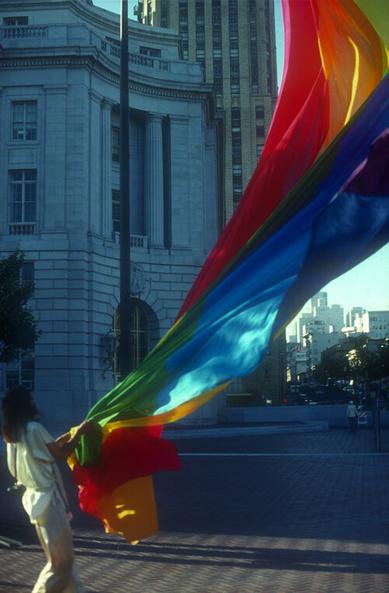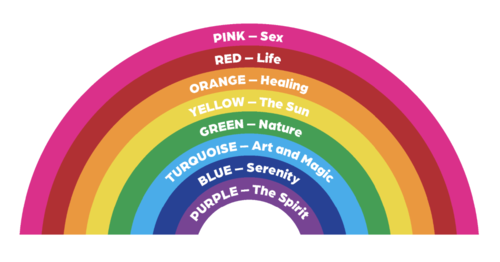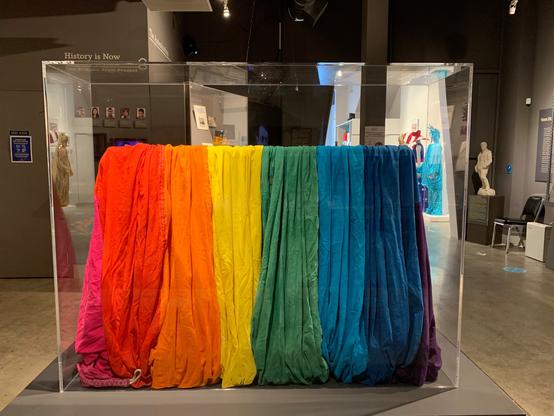On this day in 1978, the rainbow flag first flew as a symbol of pride. It was raised at San Francisco Gay Freedom Day.
The rainbow flag was designed by Gilbert Baker and a collective of artists and activists. It was suggested by Harvey Milk, the USA's first openly gay elected politician. Milk wanted a symbol of pride for the gay community.
The eight stripes of the rainbow flag each carried symbolism which was meaningful to the community. The fabric was hand-dyed to convey these colours.
Later in 1978, Milk was assassinated. Demand for the rainbow flag soared. This led to difficulties in procuring fabric in pink, and stock rainbow flags with seven stripes being used instead. The pink stripe was ultimately scrapped.
By 1979, the rainbow flag had settled into the six stripe variant that we see today - turquoise and indigo integrated into a different shade of blue. This was because the flag needed an even number of stripes to decorate each side of the street in a 1979 pride parade.
Two rainbow flags were sewn for the 1978 Gay Freedom Day parade. Each was 18 metres long. The original flags were lost for years. A fragment of one was rediscovered in 2020, and is now displayed at San Francisco's GLBT Historical Society museum.
All images courtesy of GLBT Historical Society.
@vagina_museum
these colours don't run 💪😾
these colours don't run 💪😾
That is a lot of meters!!
@vagina_museum so… we basically commercialised the Pride flag by erasing sex.
@vagina_museum I was a teenager living not far from San Francisco at the time. I also belonged to a club called Rainbow Girls, which was big at the time. Our flag had 7 colors (no pink). The first time I saw the pride flag in the city, I was excited because I thought a Rainbow Girl must live there. Then I noticed the flag had only 6 colors, and I was confused.


